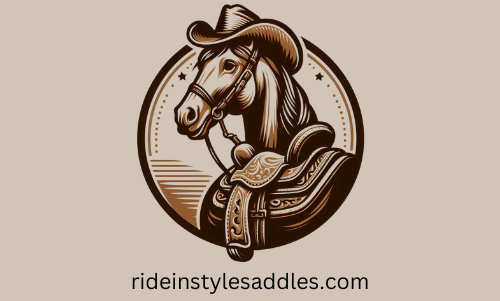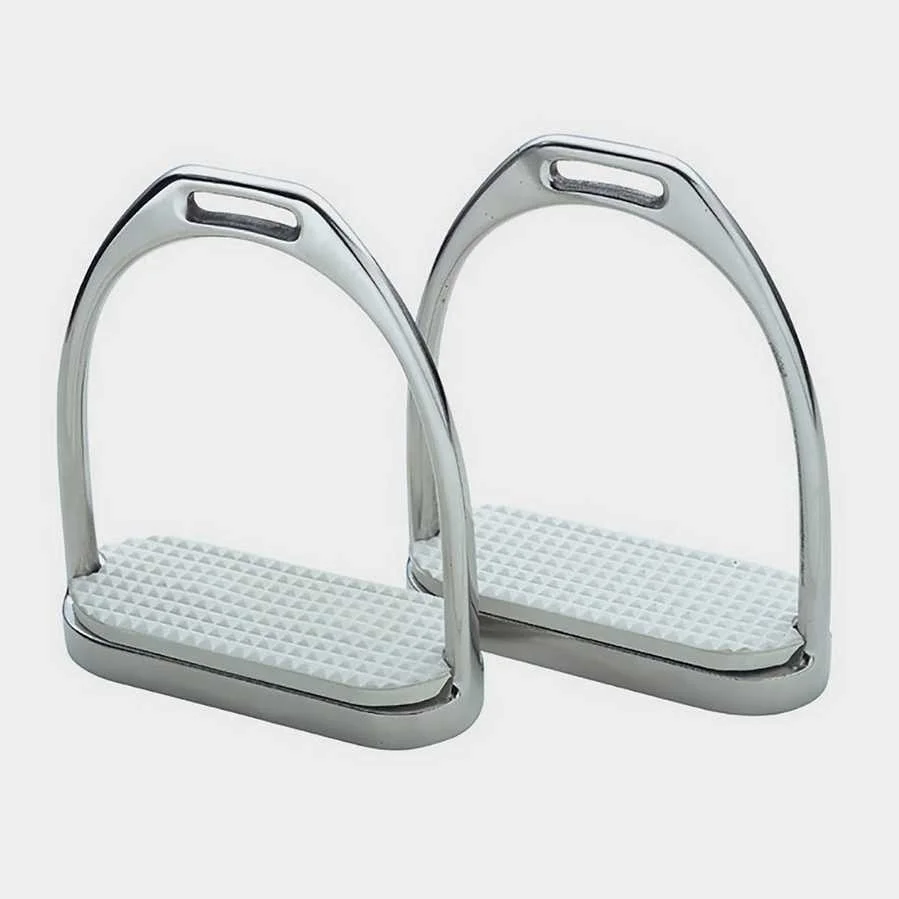Introduction
We all know stirrup irons are an essential piece of tack, providing stability, balance, and safety while riding. The right stirrup irons can improve comfort, aid in performance, and enhance safety by preventing the rider’s foot from getting stuck in the event of a fall.
Choosing the correct stirrup irons is not just about aesthetics—it’s about functionality, rider comfort, and safety. With various designs available on the market, each type of stirrup iron serves a specific purpose, catering to different disciplines and rider needs. Whether you are a beginner looking for extra security, a jumper needing shock absorption, or a dressage rider seeking a traditional look, selecting the right stirrups can make a significant impact on your riding experience.
In this guide, we’ll explore the different types of stirrup irons, how to choose the best pair for your needs, and how to maintain them for longevity. Understanding the features and benefits of each type will help you make an informed decision, ensuring optimal support and control during your rides.
Types of Stirrup Irons
1. Fillis Stirrups
Fillis stirrups are the most common type of stirrup used in English riding. Made of stainless steel, they feature a heavy design with a thick footbed for stability. They are ideal for dressage, jumping, and general riding.
2. Peacock Stirrups (Safety Stirrups)
Peacock stirrups are designed with safety in mind, featuring an elastic band on the outer side. This elastic releases under pressure, preventing the rider’s foot from getting trapped in case of a fall. These stirrups are often recommended for beginner riders and children.
3. Flexible (Jointed) Stirrups
Flexible or jointed stirrups have hinges that allow for slight movement in the stirrup arms. This added flexibility helps absorb shock and reduces strain on the rider’s ankles, knees, and hips. They are popular among riders with joint pain or those who jump frequently.
4. Composite Stirrups
Made from lightweight materials like plastic or carbon fiber, composite stirrups offer a modern alternative to traditional stainless steel stirrups. They are lightweight yet durable and often feature non-slip treads for extra grip.
How to Choose the Right Stirrup Irons
Selecting the right stirrup irons depends on several factors:
1. Size Matters
Stirrup irons should be about 1 inch wider than the rider’s boot at the ball of the foot. This provides enough room to avoid getting stuck while still ensuring stability.
2. Material & Weight
- Stainless steel is durable and long-lasting but heavier.
- Composite materials are lightweight and reduce strain on the rider’s legs.
3. Riding Discipline
- Dressage riders typically prefer classic Fillis stirrups for their stability.
- Jumpers and eventers may benefit from flexible stirrups for shock absorption.
- Beginners and children should consider Peacock stirrups for added safety.
4. Comfort and Grip
Look for stirrups with rubber or textured footpads to prevent slipping. Some advanced models even offer ergonomic designs for extra comfort.
Maintenance Tips for Stirrup Irons
To keep your stirrup irons in top condition, follow these maintenance steps:
- Clean after each ride: Wipe them down to remove dirt, sweat, and moisture.
- Inspect regularly: Check for wear and tear, especially on rubber footpads or jointed hinges.
- Replace worn parts: If footpads become smooth or damaged, replace them for better grip and safety.
- Store properly: Keep stirrup irons in a dry place to prevent rusting (for metal stirrups).
Best Stirrups for Western Riding
Conclusion
Choosing the right stirrup irons is essential for comfort, safety, and performance in English riding. Whether you prefer traditional Fillis stirrups, safety Peacock stirrups, flexible jointed stirrups, or modern composite options, selecting the right type for your discipline and needs can make a significant difference in your riding experience. Keep them clean, inspect them regularly, and enjoy a more comfortable and secure ride!

